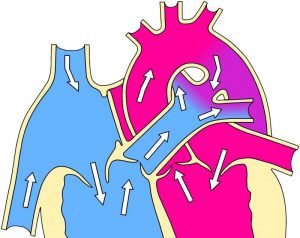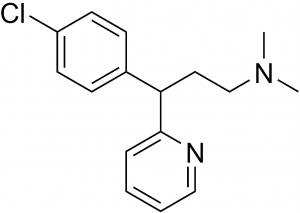Temporal lobe
Temporal lobes are one of the four main lobes or regions found in the cerebral cortex. They are found in the largest division of the brain known as the prosencephalon. As with the other three brain lobes, frontal, occipital, and parietal, there is a temporal lobe that is located in each cerebral hemisphere. Temporal lobes play an important role in sensory stimuli organization, auditory perception, language and speech production, as well as in memory association and formation.
What is the temporal lobe?
It is the region located in one of the lobes of the brain that is fundamental for basic abilities of the organism such as speech and auditory perception, although it is also related to affectivity, memory and recognition.
The structures of the limbic system, including the olfactory cortex, amygdala and hippocampus, are found within the temporal lobes. Damage to this area of the brain can cause problems with memory, understanding language, and maintaining emotional control.
Characteristics of the temporal lobe
The main characteristics of the temporal lobe are as follows:
- It is related to hearing, taste, hearing, language and comprehension.
- It has a very important role in people’s vision, memory and emotions.
- It is located under Silvio’s fissure, in front of the occipital lobe.
- The structures of the limbic system of the temporal lobe are responsible for regulating many of our emotions, as well as forming and processing memories.
- It regulates our fight or run away response, and also helps us develop a healthy sense of fear through the conditioning of fear.
- In addition, the olfactory cortex is found in the temporal lobe.
Temporal lobe location
Directionally, the temporal lobes are in a position anterior to the occipital lobes and inferior to the frontal lobes and parietal lobes, approximately behind each of the temples of our head. A large deep groove known as Silvio’s Fissure separates the parietal and temporal lobes.
In other words, it is located in the lower lateral part of the brain, in the region of the skull that is closest to the ears.
Structure
Each of the structures that make up the temporal lobe is characterized by certain brain activities, let’s see what they are:
- Auditory cortex: here are the primary, secondary and associative auditory It is in charge of perceiving sounds, encoding them, decoding them and interpreting the information.
- Wernicke Area: allows the auditory decoding of language leading to understanding and verbal communication. Damage in this area causes problems in the ability to select or recognize auditory elements.
- Visual cortex: participates in the recognition of objects and categorizes visual stimuli. Its damage causes difficulty in the identification and/or categorization of visual stimuli, which affects the memory process.
- Medial temporal lobe: includes structures such as the hippocampus, perirenal cortex, entorhinal cortex or parahipocampal cortex. It allows the development of memory in people. It is one of the most affected regions in people with dementia and/or neurodegenerative diseases.
- Angular rotation: allows reading and writing, as it participates in the association of visual and auditory information. It assigns each grapheme its corresponding phoneme.
- Supramarginal rotation: it is part of the tertiary sensory area, which is located in the temporal lobe. It participates in tactile recognition and language.
- Medial temporal: participates in memory and recognition, processes information, and passes short-term to long-term memory.
- Parieto-temporo-occipital association area: integrates visual, auditory and somatic
Functions
The temporal lobe is responsible for processing auditory information through the ears. It is responsible for receiving the information and processing it as well as collecting the information we obtain through smell. It is in charge of all sensory stimuli that the human body receives.
The Wernicke area provides us with the ability to recognize language and be able to interpret the words we hear.
Children’s ability to understand language before they speak it is the responsibility of the temporal lobe, and they also play an important role in long-term memory.
Injuries and diseases of the temporal lobe
Some of the temporal lobe lesions are:
- Cortical deafness: total hearing loss occurs, although the sensory organs function correctly. Auditory information is not processed by the brain and is produced by the destruction of the primary and secondary auditory cortex.
- Hemiacusis: there is destruction of the primary and secondary auditory cortex and complete loss of hearing of the ear opposite the hemisphere in which the injury occurred.
- Prosopagnosia: faces cannot be recognized, so people have to be recognized in other ways.
- Aphasia: language disorders due to brain injury. The effects vary according to the location of the lesion. One of the most common is Wernicke’s aphasia in which there is loss or difficulty in verbal comprehension and repetition.
- Epilepsy: can start at any age and its cause is not known.
- Klüver-Bucy Syndrome: frequently occurs in Alzheimer’s The patient presents passivity, hyperorality, never fear and hypersexuality.
How to cite this article?
Briceño V., Gabriela. (2019). Temporal lobe. Recovered on 3 January, 2025, de Euston96: https://www.euston96.com/en/temporal-lobe/










